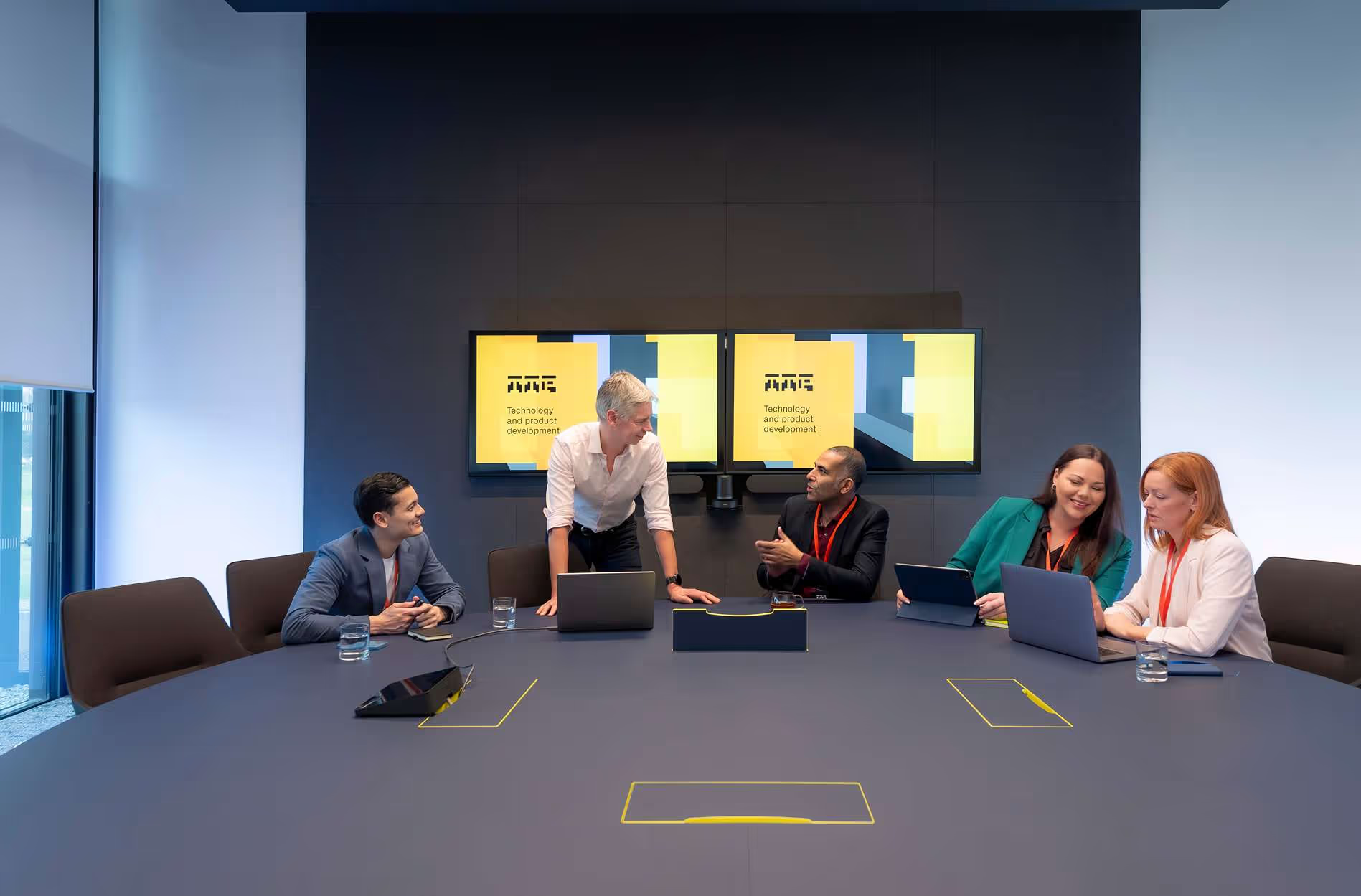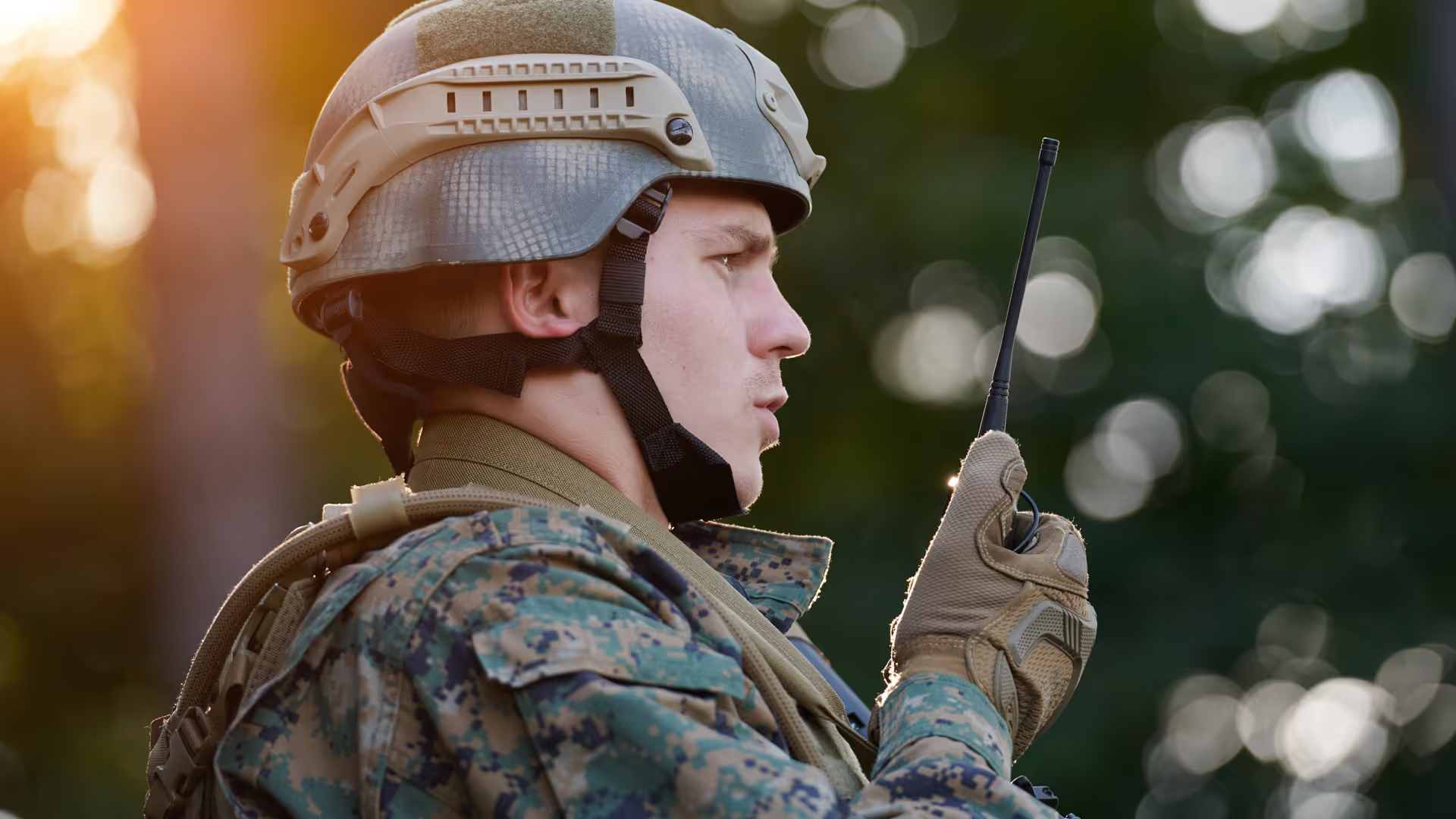
Rethinking tactical connectivity
Achieving the right balance between resilience, agility, and affordability in the next generation of tactical communications.
The evolving landscape of tactical communications
In today’s rapidly shifting geopolitical landscape, armed forces must deliver communication solutions that are low-cost, resilient, and high-performing. Advances in satellite communications, driven by falling launch costs and the rise of dual-use assets, are transforming accessibility for users from front-line soldiers to UAV operators.
Yet these benefits bring new challenges. Systems must be resilient to vulnerabilities across space, ground, and supply chains, while also being developed quickly to meet sovereign needs. The push for national autonomy demands bespoke, secure solutions designed and manufactured at pace.
Achieving this balance requires specialist skills in RF engineering, secure software, systems integration, and space technology. The future of tactical comms will hinge on combining innovation, resilience, and affordability, delivering robust, adaptable systems capable of supporting complex missions under pressure.
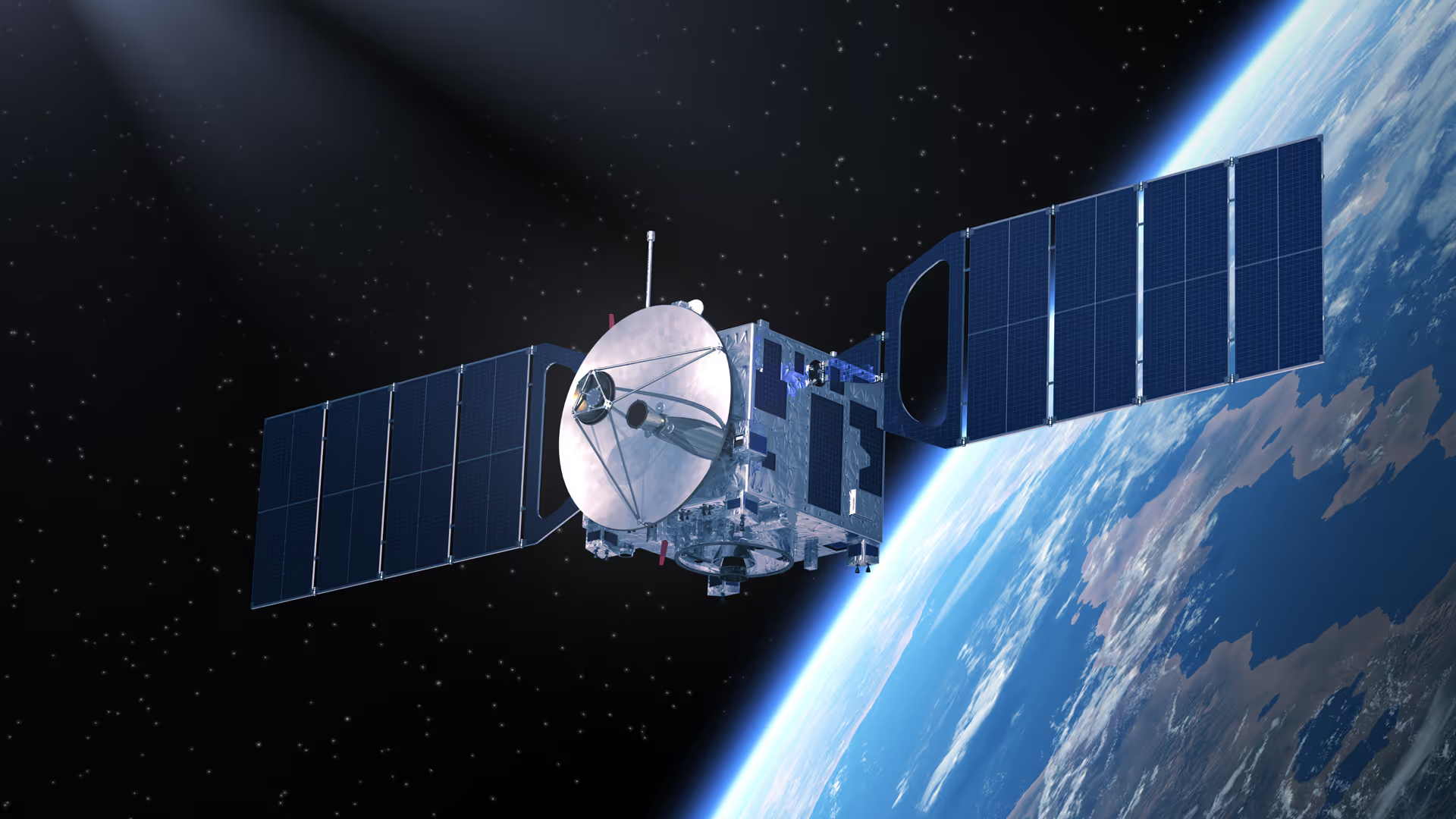
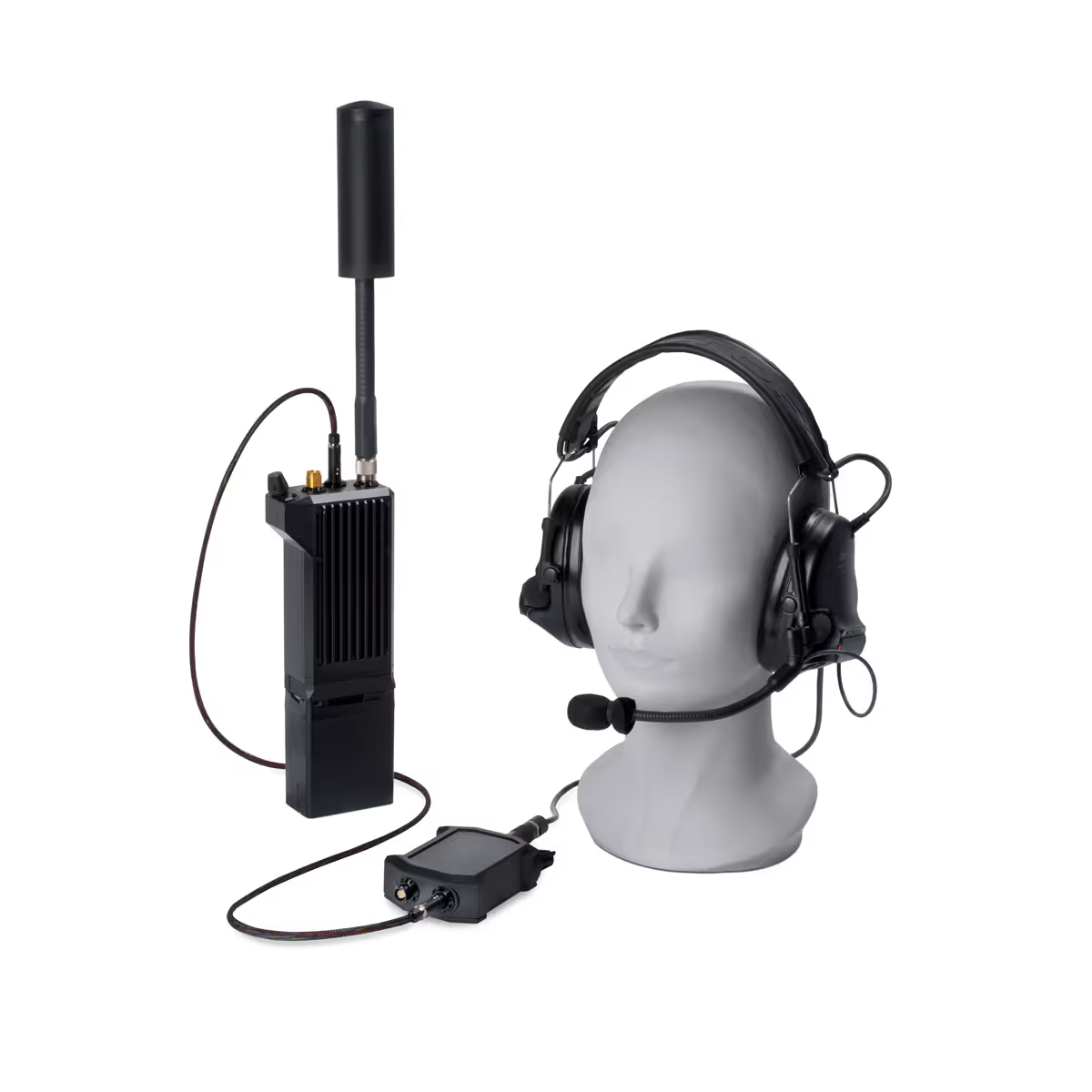

Dual-use technology: opportunities and risks
The rise of commercial and dual-use technology is revolutionising military communications. Consumer-grade satcom systems offer cost and flexibility advantages, but they also expose new vulnerabilities. As commercial networks become potential military targets, reliance on a single system is untenable.
Future resilience depends on multi-network, multi-orbit architectures, blending GEO, LEO, HEO, and high-altitude platforms (HAPs). and aligning with evolving standards such as 5G Non-Terrestrial Networks (5G NTN).
Meanwhile, increasing electronic warfare and jamming demand flexible user equipment (UE) that maintains secure, low-detectability links, measured by LPD, LPI, and LPE. Supply chain security adds another layer: sovereign capability ensures trusted components and operational independence.
When designed with these principles in mind, systems can achieve greater mission reliability, protect personnel, and reduce total lifecycle costs, all while leveraging the advantages of commercial innovation.


Balancing resilience, agility, and interoperability
Resilience must be achieved without compromising agility or usability. Warfare evolves fast, so communications systems must be developed and deployed at pace to meet emerging threats and opportunities, from drone coordination to multi-orbit operations.
Equipment must also support portability and ease of use. Soldiers, especially in special operations, rely on lightweight, intuitive systems that enhance rather than restrict movement. Designing for simplicity under pressure requires thoughtful trade-offs between performance and usability.
Equally, interoperability is vital for coalition effectiveness. Proprietary solutions hinder collaboration, while open architectures and global standards like 5G NTN strengthen flexibility and security.
At TTP, we help defence partners design, prototype, and deliver systems that balance innovation, resilience, and speed. Whether you’re exploring new architectures or improving secure UE, our experts can help you overcome these challenges.
Get in touch to discuss how we can help shape the next generation of tactical communications.


By leveraging TTP’s expertise, deeply embedded into a collaborative team alongside our tactical communications experts and seasoned military specialists, we have been able to deliver a product which offers a step-change in capability for end users within an extremely rapid time frame.
Simon Davies
Chief Executive at Spectra Group (UK) Ltd


Understanding the unique conditions presented by the harsh environment at sea, we partnered with TTP and SpaceCom to develop ELMA and deliver the reliable, resilient satellite communications capabilities that mariners need and expect from Viasat Government Services. Leveraging the exceptional capabilities of TTP to provide systems engineering along with SpaceCom’s proven capabilities in antenna development and integration of L-band systems, ELMA is the first of its kind L-band system, revolutionizing the capabilities of the Viasat ELERA network.
Alex Hayes
Sr. Director, Product Development & Engineering at Viasat Government Services


Over the next 8-10 years, we expect the presence of uncrewed vehicles in mixed airspace to outgrow that of commercial air transport. Leveraging TTP’s expertise, our new UAV terminals are designed to offer scalable and robust multi-link communications that are less reliant on existing infrastructure. This advancement supports the digital ecosystem and will significantly contribute to the modernisation of air traffic programmes.
Anthony Spouncer
Senior Director of Advanced Air Mobility, Viasat
Our areas of focus:
Defence
Our approach and capabilities
We deliver across the entire life of a project, from opportunity discovery to production engineering. Discover how our interdisciplinary teams of experts collaborate to tackle the toughest product development challenges.
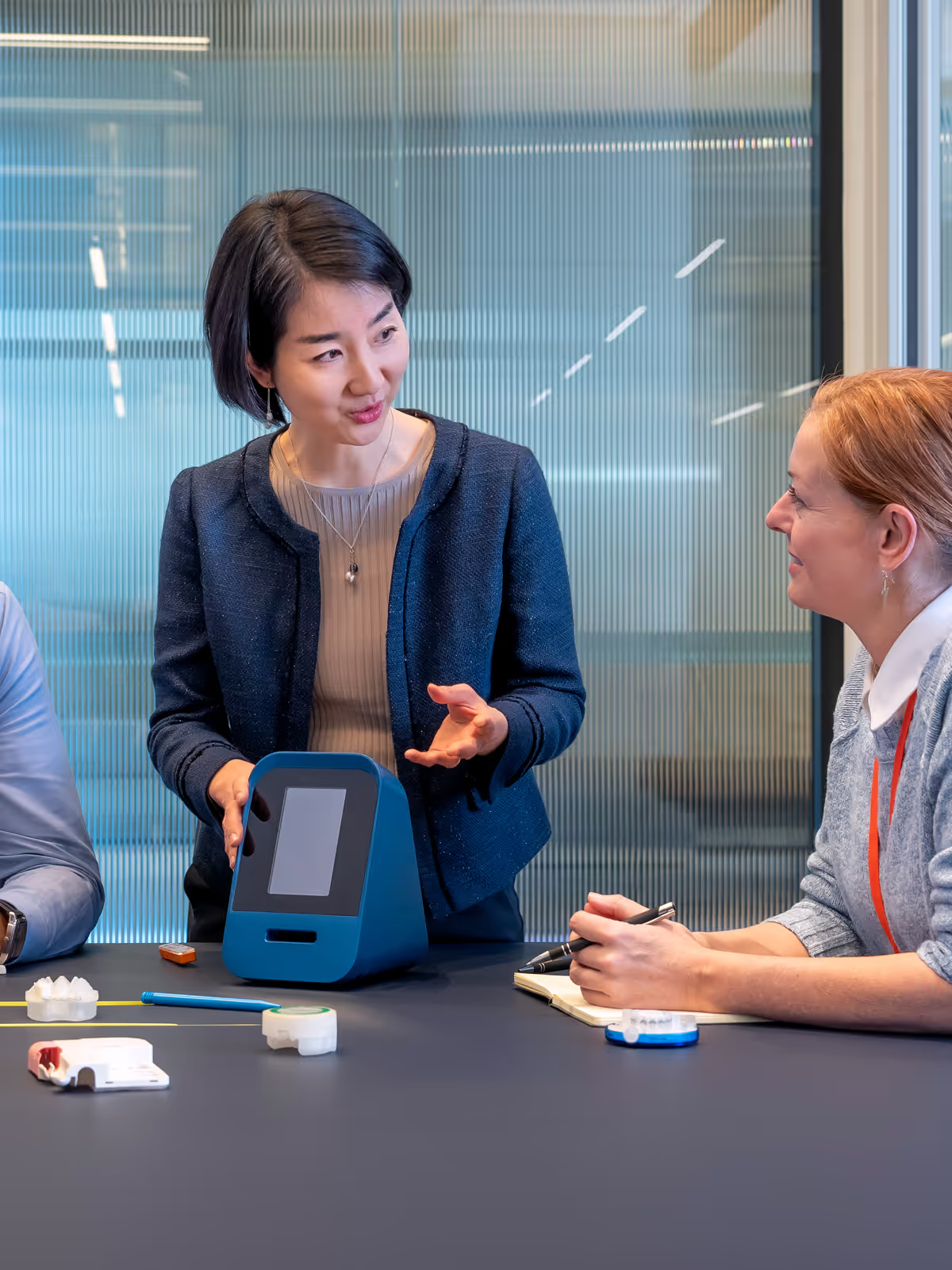
Our campus and facilities
Our award-winning campus has been designed with a clear vision. To create space which can suport our people and our clients as we develop and deliver the very best technology solution.
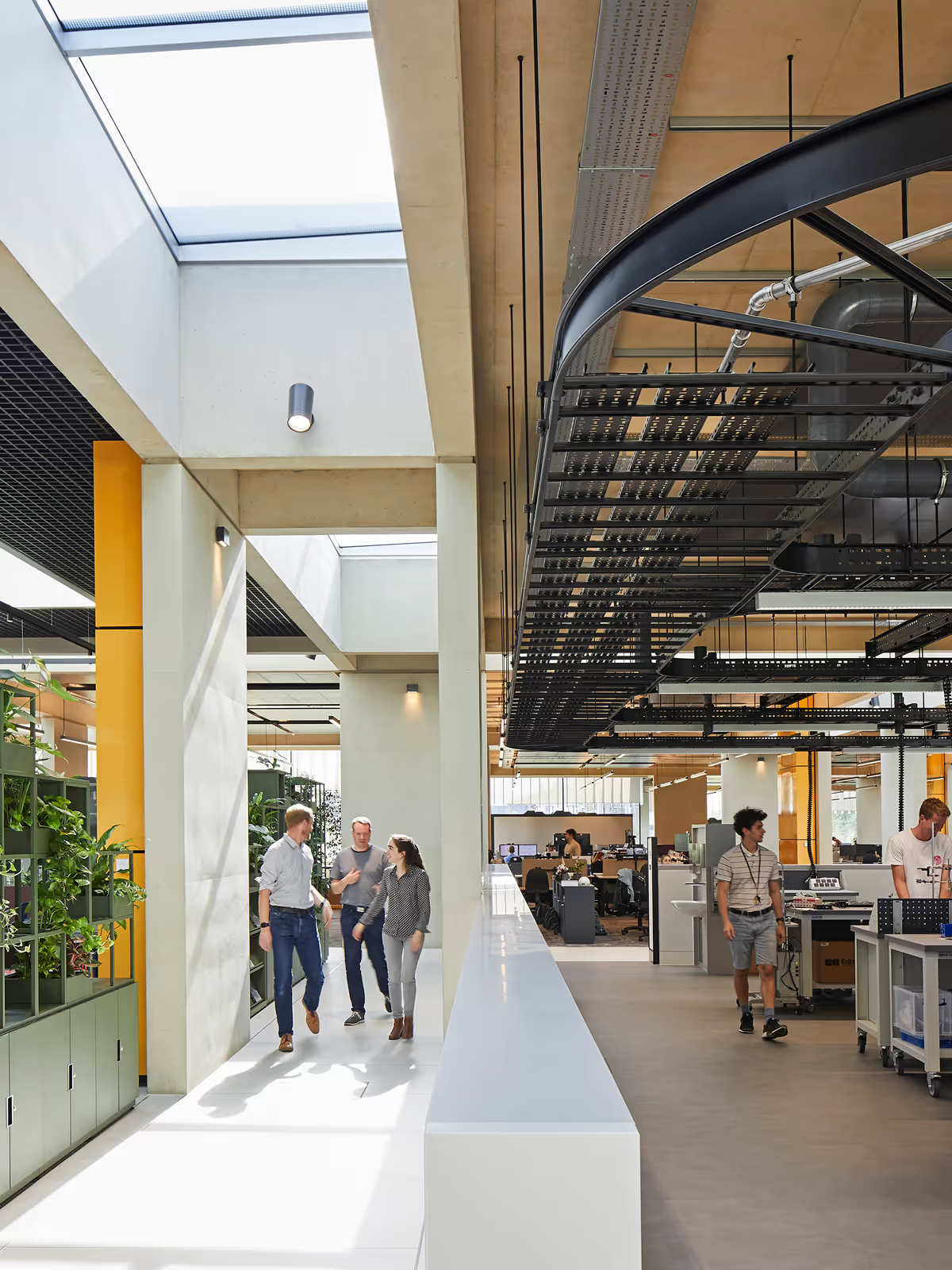
Software capability at TTP
Engaged in all stages of software and product development, our software capability at TTP covers the full spectrum—from in-depth analysis and system architecture to prototype design, implementation, and test development.

Manufacturing capability at TTP
Working seamlessly with our development teams, we take clients' products through prototype builds, clinical trials, pilot manufacture and more. Using TTP Manufacturing reduces uncertainty, risk and time to market for our clients.

Meet some of the team

Paul Lotter

Andrew Fell

Steve Birch
Talk to us about your next project
We help clients with all stages of their most complex and challenging technology and product development projects.
If you're considering the next steps along your innovation journey, why not get in touch?
